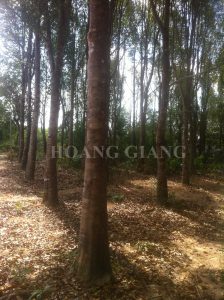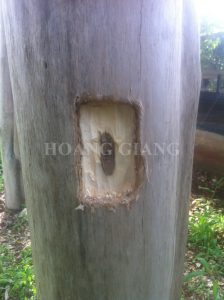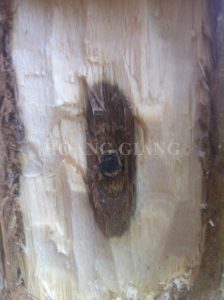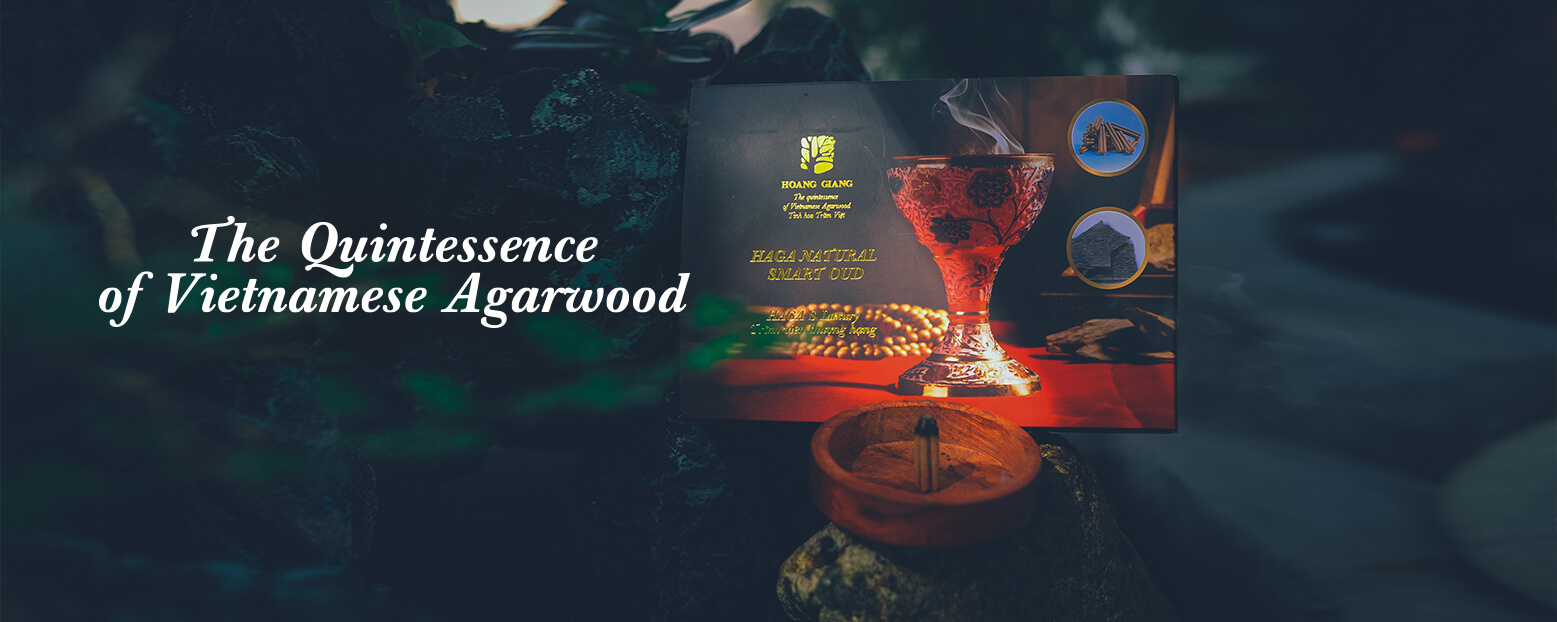WILD AGARWOOD, CULTIVATED AGARWOOD AND THE MISPERCEPTION
WILD AGARWOOD, CULTIVATED AGARWOOD AND THE MISPERCEPTION
(HCMC, 9 May 2014) Given the Convention on International Trade in Endangered Species of Wild Fauna and Flora (CITES)’s attempt to stop the exploitation and export of wild agarwood, cultivated one poses as a solution to the burgeoning demand for this item. Contrary to the popular belief, cultivated agarwood is indeed chemical-free and totally safe for use.
In the history of Asian countries, agarwood was one of the rare and highly valued goods fancied by the elite due to its medicinal, religious and cultural applications. When burnt, it produces a sophisticated smell that enhances the user’s well-being, and when placed at wealth positions of the house, agarwood can bring good fortune and success to the owner’s life. As living conditions and education levels increase, more and more people come to appreciate such great benefits of agarwood and are eager to have one of their own. But first, it is crucial to look at the physiological process of agarwood production in order for one to make wise purchasing decisions or simply have a clear understanding of what he/she is using.
Wild agarwood formation and harvest
 Aquilaria is the genus found from India eastwards to Southeast Asian countries and known for its ability to produce agarwood – the most prized non-timber forest product traded in the international market. As for Vietnam, the country is home to two of its seventeen species namely baneonsis and crassna, in which the latter is reputed to create the second best agarwood in the world.
Aquilaria is the genus found from India eastwards to Southeast Asian countries and known for its ability to produce agarwood – the most prized non-timber forest product traded in the international market. As for Vietnam, the country is home to two of its seventeen species namely baneonsis and crassna, in which the latter is reputed to create the second best agarwood in the world.
Agarwood forms as a reaction to natural factors such as trees struck by lightning, animal and insect attacks, forest fires, wind or storm damage and trees invaded by fungus. For instance, when ants drill holes on its trunk to build their nests, the tree will produce a fragrant, protective oil to heal these wounded areas. Unfortunately, ants’ hormone secretion prevents the tree from protecting itself. And since the defense mechanism associated with wounding keeps performing its part, the tree ultimately dies from having to continuously release oil to fix the problem. Finally, local loggers will harvest areas surrounding ants’ nests, which are now dark brown/black as they turn into the so-called agarwood.
Normally, eight years are the average amount of time for a tree to produce fine quality agarwood and for loggers to appropriately collect it. However, the rapid rise in demand has led to destructive harvesting practices in the rush to find agarwood and caused the government to forbid the extraction and trading of the natural resin. Therefore, any wild agarwood available for sale at the moment is either extremely expensive or a fake product made from non-infected Aquilaria wood impregnated with cheap oil and colored by human interventions.
Cultivated agarwood formation and the way out for fans of the resin



Lately, efforts to turn agarwood into a plantation crop have generated very positive results and earned strong support from the authority. No dirty trick, no excessive usage of chemical fertilizers, no harmful substances application. The plantation process simply duplicates that of the nature, i.e. physically damaging the tree with the help of blades, drilling holes or fire damage. Although there are injections of fungal compound similar to ants’ hormone to keep the wounds open, they are subject to a close scrutiny to ensure appropriate content, not to mention that each and every element in the compound is carefully chosen and tested beforehand. Also, at the time when agarwood is extracted, the compound wears off already.
Differences between wild agarwood and cultivated agarwood
In terms of heath and safety, cultivated agarwood is by no means inferior compared to its wild counterpart. Hence, the quality of oil yielded is probably the sole difference between these two. Due to commercial purposes, plantation crops are harvested on a 2-year basis, and correspondingly, the quality of cultivated agarwood oil can only reach a maximum of 50%. Nevertheless, despite being of moderate quality, the resin manages to effectively fulfill functions that it was born for as well as expected by consumers.






